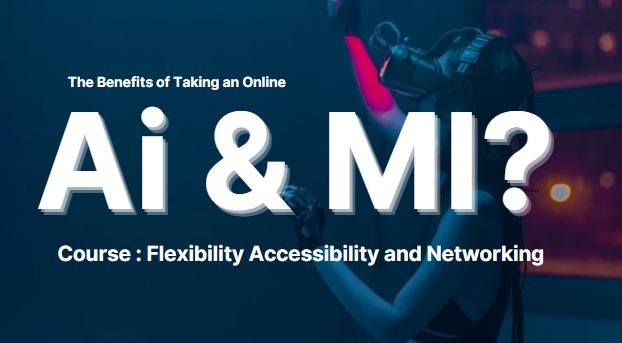Effective communication is the backbone of every organisation. It is the responsibility of managers to ensure smooth flow of communication within an organisation in order to enhance the productivity and efficiency of the organisation.
Significance of effective and organised communication
Communication refers to the exchange of different ideas, opinions, thoughts as well as information between employees, managers or different units in an organisation. It is a vital part of an organisation. Without proper communication, an organisation cannot operate its activities or gain success.
Various types of communication take place in an organisation catering to different communication needs. Apart from choosing the right type of communication, a proper medium for transferring the information is also necessary so as to keep the message confidential and limited among the desired persons.
In an organisation, communication is classified as:
On the Basis of Relation
- Formal Communication: When a message or information flows through different levels of an organisation in a prescribed direction following an official channel then it is called formal communication. Formal communication is followed to solve the organisational problems and the needs of the employees, employers and management. It is performed without any encumbrance.
- Informal Communication: Under this type of communication, the transmission of information does not need to follow a particular track or official channels. So, it doesn’t arise out of organisational needs. Rather, the information can be passed socially when the colleagues meet each other during working hours or coffee break.
On the Basis of Expression
- Verbal Communication: Verbal Communication involves the usage of words for expressing facts, ideas or thoughts within the organisation. It can take place in the form of face-to-face contact, radio, group discussions, calls as well as memos.
- Written Communication: Information when transmitted in the written form, falls under written communication. Written communication is quite beneficial because the written message can be retained as proof of communication.
On the Basis of Direction
- Upward Communication: When the information flows from the lower level to the top level of the organisation, it is termed as upward communication. When the top level management transmits some information to the lower level, they look for the feedback which is a part of the scalar chain.
- Downward Communication: It is the flow of information from the upper level to the lower level of the organisation. It is important for the success of the organisation as employees need to correctly interpret the message sent by the management to function optimally. This type of communication follows the pattern of the scalar chain. Effective downward communication leads to improved morale of the subordinates, better coordination between the co-workers and improved customer relations.
- Horizontal Communication: This type of communication involves information transmission between people or departments or units of the same level in the managerial hierarchy.
Since communication is a crucial entity of any organisation, so we train our future managers and entrepreneurs at MIT School of Distance Education (MIT-SDE) to practice effective and organised communication. Our distance learning MBA equivalent courses are a rich mix of theory & practical along with value-added skills which prepares the candidates for the industry. So, apply for admissions right away and study at one of the best distance education universities in India.


